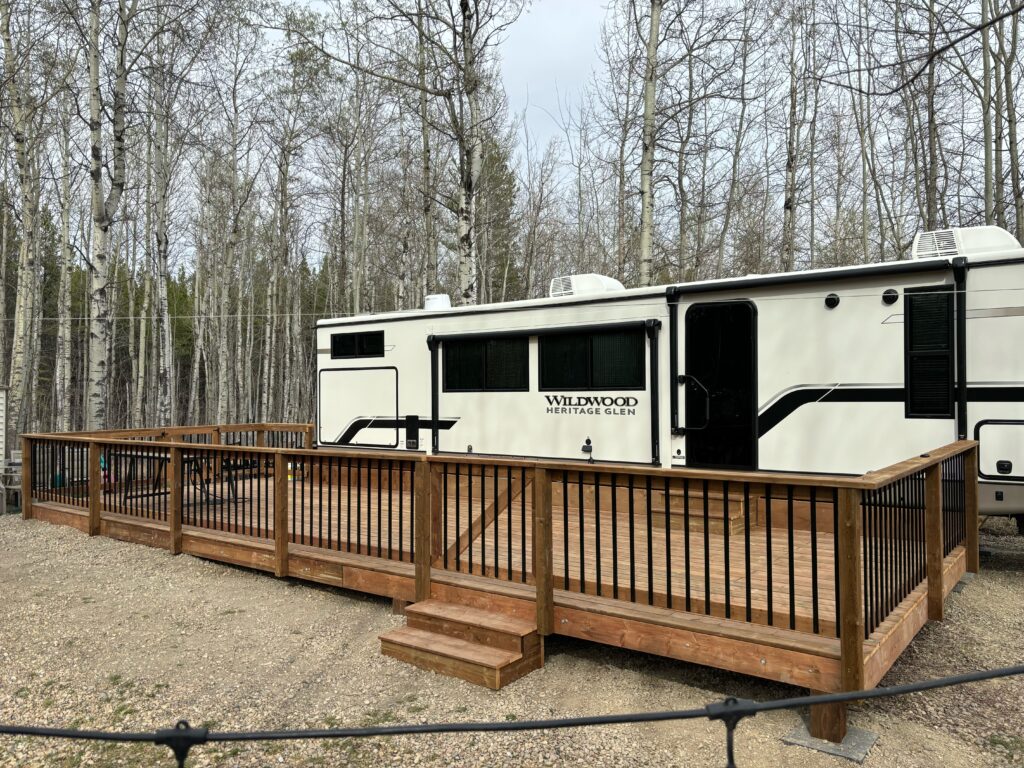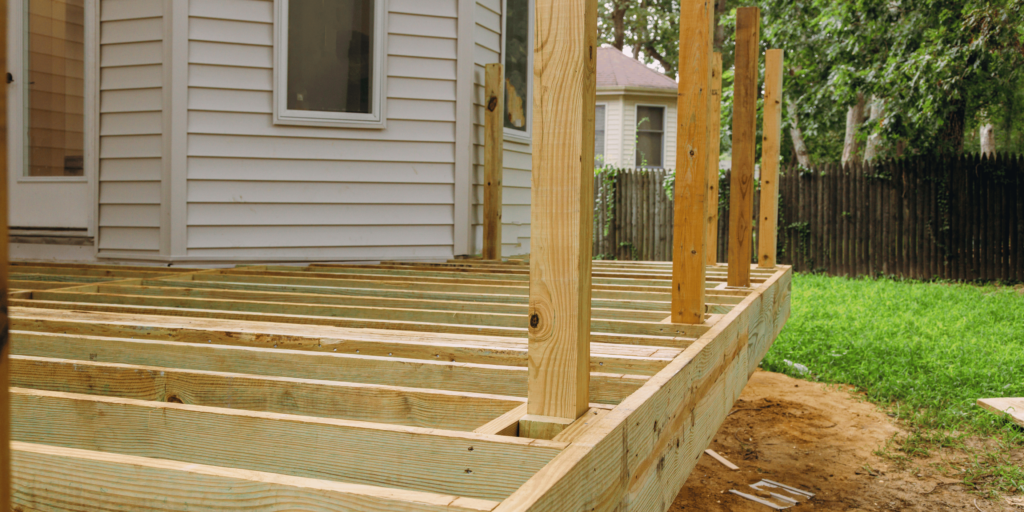
Wooden decking and composite decking are the most common types of decking materials for homeowners who want to make improvements in their backyard. Wood decking is made of wooden planks, while composite decking is a mixture of wood fibers and recycled plastic. Both of them are made of a particular kind of material and they have their own specific advantages.
Wooden decking has been for centuries and is renowned for its natural beauty and aesthetic touch. It gives the outdoors a warm, intimate and beautiful appearance. A different kind of composite decking is a recent development that has become more popular due to its low maintenance needs and long durability.
Pros of Wood Decking: Natural Beauty and Aesthetic Appeal
The first and most notable benefit of wood decks is the fact that they possess a natural look and feel. The textures and grains that come from different wood species only add to the distinctive look of any outdoor space. You can choose the depth of mahogany or the tone of cedar to your liking. The wide range of species and colors of wood can satisfy all your needs.
Besides its natural beauty wood decks adds to the overall architectural design of a home. This is an area that has no borders between indoor and outdoor spaces and as a result creating a seamless transition from the inside to the outside space, which is very inviting and warm for family gatherings, parties and just for relaxing outside. The wood decking’s enduring appeal not only increases the value of your home but also contributes to its attractiveness

Cons of Wood Decking: High Maintenance and Susceptibility to Damage
Wood planking is among the most serious problems that may be faced, and this is due to its high demand for maintenance. Periodic check-ups are important to avoid the development of rot, decay, and insect infestation. This entails frequent cleaning, staining, sealing, and repairs from time to time. If wood decking is not kept properly maintained, it may become warped, cracked or splintered, which will not only change its appearance but also create a safety problem.
Whether it is wood decking or not, it is subject to fading due to weather factors. The wood can be affected by sunlight, rain, snow, and especially extreme temperatures, therefore it is exposed to the process of deterioration. This indicates that you might have to spend more resources on maintenance and renovation of the wooden deck than other materials.
Pros of Composite Decking: Low Maintenance and Durability
The maintenance of composite decks is one of the main benefits since they have low maintenance requirements. Wood decking, on the other hand, does not need to be re-stained, re-sealed, or fixed frequently. It is highly resistant to rot, decay, and insect infestation, which makes it an ideal material for the construction of durable and long-lasting outdoor spaces.
Composite decking is a very long-lasting build material. It can hold up against abrasive weather, such as severe cold, heavy rain, and intense sun, without being deformed or broken. In other words, you will be able to spend more time in your outdoor area without being disturbed by the need for constant repairs or regular maintenance.
Cons of Composite Decking: Higher Cost and Limited Aesthetic Options
As one of the most crucial disadvantages of composite decking, its price is higher than that of wood decking. The economical stand of composite decking is triggered by the choice of materials that are used for its production, such as recycled plastic and wood fibers. Nevertheless, the money saved on maintenance and replacement which are associated with composite decking, is something to be considered.
Other possible negative aspects of composite decking include a narrow selection of design options. While manufacturers have improved and are getting close to natural wood in terms of visual appearance, some people may prefer the natural look and feel of real wood. Different from wood decking, composite decking may not produce the same warm and natural atmosphere.
Environmental Impact: Comparing Wood and Composite Decking
Environmental impact has its own level of variation that needs to be considered in terms of wood and composite decking. Wood decks are being cut down from trees for the lumber, which is a major cause of deforestation. Not only this, but the wood decking process generates carbon emissions.
However, one of the features of composite decking is that it is made from recycled plastic and wood fiber. Therefore, there is a reduced demand of virgin materials for its production. On the one hand, the manufacturing process of composite decking involves the use of energy and resources, and the proper disposal of old composite decking is necessary to prevent it from becoming part of the plastic waste stream.
Installation and Labor Costs: Which is More Expensive?
The prices of wood decking materials and labor will differ according to the kind of wood species you choose and the layout intricacy. As a rule, the cost of the wood decking is lower than the cost of the composite decking in terms of the initial purchase. As attractive as wood decking may be, it is equally important to factor in the high maintenance and repair costs that come with wood decking.
Composite decking, contrary to the traditional one, may cost more for the initial purchase due to the materials needed and the production process. Nevertheless, the low maintenance requirement can lead to large-scale savings in the long term. Initially, it is crucial to determine the value of the initial investment on the long-term benefits in order to decide which option is the most expensive.
The lifespan of wood decking can be different, depending on species of the wood, maintenance procedures, and the presence of weather conditions. Basically, as long as the wood decking is well maintained, it will last from 10 to 25 years. Although, certain wood species may last for shorter time periods and need more frequent maintenance.

Choosing the Right Decking Material for Your Home
If you are looking to either replace your old or build a new deck, you should consider both wood and composite decking and decide which one is more suitable for you according to your needs. If you want to appreciate the natural charm and beauty of wood, you are ready to put in some time and money in regular maintenance and you favor a wider range of color options, then wood decks are the right choice for you.
However, if you are concerned about the maintenance needs, durability and cost-savings in the long run, you may consider a composite deck as a better option. It may be more expensive and constrained in aesthetic options but composite decking is carefree and offers convenience for outdoor living.
Lastly, the question of what to choose between wood and composite decking is answered by your taste, budget, and the way you live. It is necessary to explore the pros and cons of all possibilities paying attention to the aspects like maintenance needs, durability, environmental impact, and cost before making the decision.